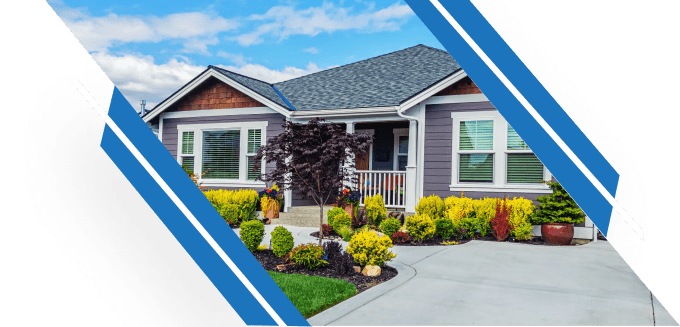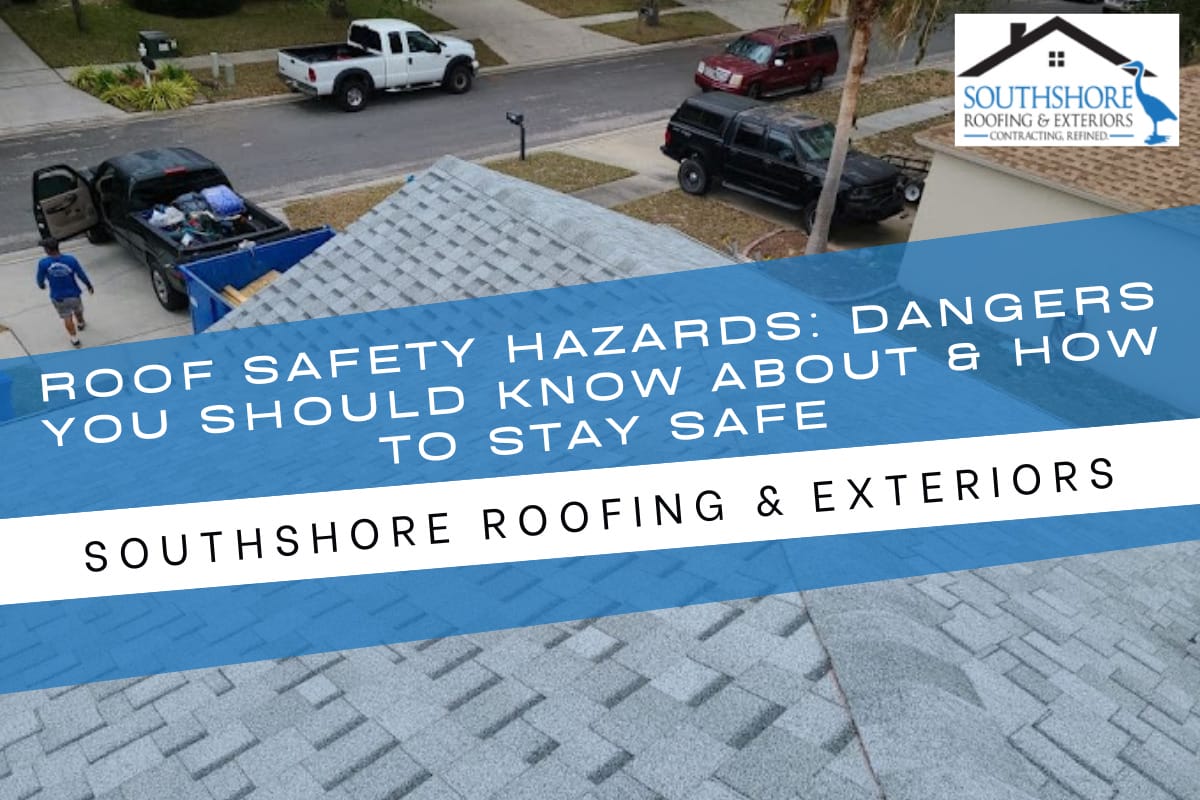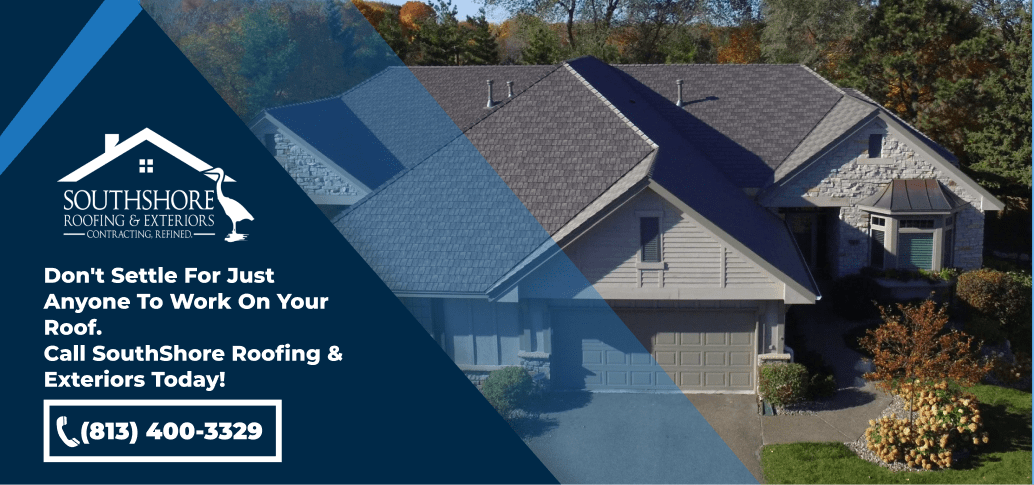Roofs, despite protecting our homes, aren’t invincible. They face wear and tear, battle the elements, and occasionally suffer from damage that if left unaddressed can escalate into major issues.
While it might be tempting to roll up your sleeves and tackle these problems yourself, it’s important to understand that roofing isn’t a DIY project. It’s not a task for the faint hearted or the inexperienced. In fact, it’s a job that comes with significant risks that demand professional expertise and a deep understanding of safety protocols.
In this blog post, we’ll discuss some common problems that plague roofs and unveil the complexities that make roofing a job best left to the experts. So, before you consider climbing that ladder with a toolbox in hand, read on to understand why roofing isn’t just something anyone can do.
Understanding Roof Safety
Roof safety encompasses a series of precautions, protocols, and specialized techniques designed to minimize the risks associated with working at heights. It involves using the right safety gear, following industry guidelines, and employing proper tools to ensure a secure working environment. Roof safety isn’t just a concern for professionals, it’s a responsibility that every homeowner should be aware of, especially if you have repairs or inspections scheduled.
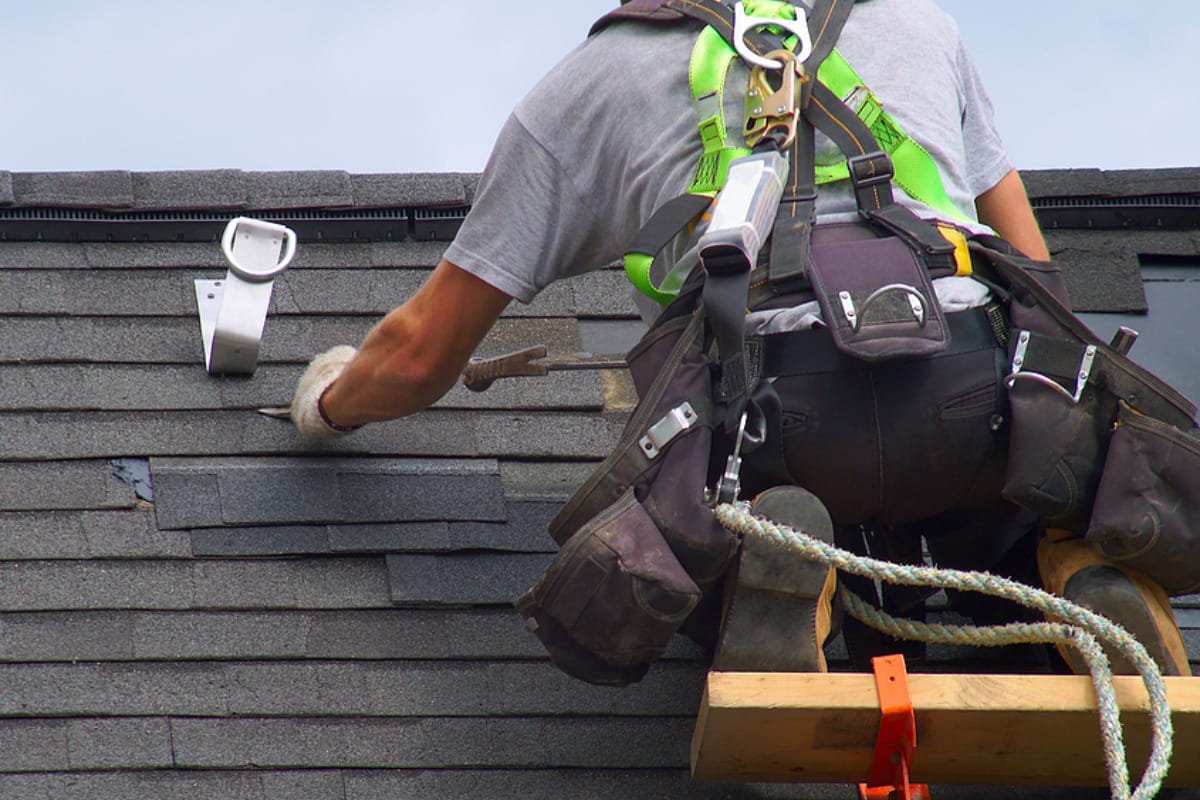
Different Roof Types and Their Challenges
There are several different types of roofs both in terms of style and the materials used. No type of roof is easy to work on and each of them pose different challenges.
Flat Roofs
Flat roofs often accumulate water after rainfall. If not properly drained, this water can weaken the roof’s structure, leading to sagging or rot. Walking on a flat roof, especially one with pooling water, is extremely hazardous due to the risk of it collapsing in weak areas.
Pitched Roofs
Pitched roofs, common for residential houses, have a steep slope. Climbing and working on these roofs requires proper safety equipment and techniques. The steepness adds to the challenge, as it is easier to lose balance.
Metal Roofs
Metal roofs, while durable, can become extremely hot during sunny days. This heat not only makes it uncomfortable to work but can also cause burns if touched without protection. Additionally, metal roofs can be noisy, making it challenging to hear potential warnings if something goes wrong.
Also Read: Comparing Metal Roof vs. Shingles? Read This First!
Asphalt Shingle Roofs
Asphalt shingles, while common, can become brittle over time, especially in areas with extreme temperature fluctuations. Brittle shingles can crack under pressure, making them unstable to walk on. Additionally, improper installation or weak underlayment can lead to sagging areas that should not be walked on.
Dangers You Should Know About
Now that we have touched upon the basics of roof safety and why it is essential to know about the risks, let us move to the main portion of the article. If you decide to work on your roof, you will most likely face a variety of risks. In the section below we have discussed some of them:
Unstable Surfaces
One of the most significant dangers when working on a roof arises from unstable surfaces. This risk is amplified by various factors, such as uneven or decaying roofing materials. Rotting or damaged wooden structures, a common feature in many roofs, pose a substantial risk. Especially in older homes, these materials can become weakened over time. When individuals walk on such surfaces, there is a constant threat of unexpected collapse or slips, leading to potentially severe injuries.
Heights and Falls
Working with heights without adequate safety measures is an invitation for disaster. The dangers associated with roof work cannot be overstated. Every year, numerous accidents occur due to falls from roofs, many of which lead to serious injuries or even fatalities. According to the Occupational Safety and Health Administration (OSHA), falls are consistently among the leading causes of injuries and deaths in the construction industry.
Picture this: you go to inspect your roof without a safety harness and, unfortunately, lose your balance because the surface is unstable. These accidents can lead to serious injuries, not to mention the emotional toll they can take on both yourself and your family. Roof safety is not just about the immediate danger, it’s about the long term impact on people’s lives.
Another point to understand is that these incidents are not rare, they happen more often than we think. That’s why it’s absolutely crucial to have the right safety gear and follow safety guidelines.
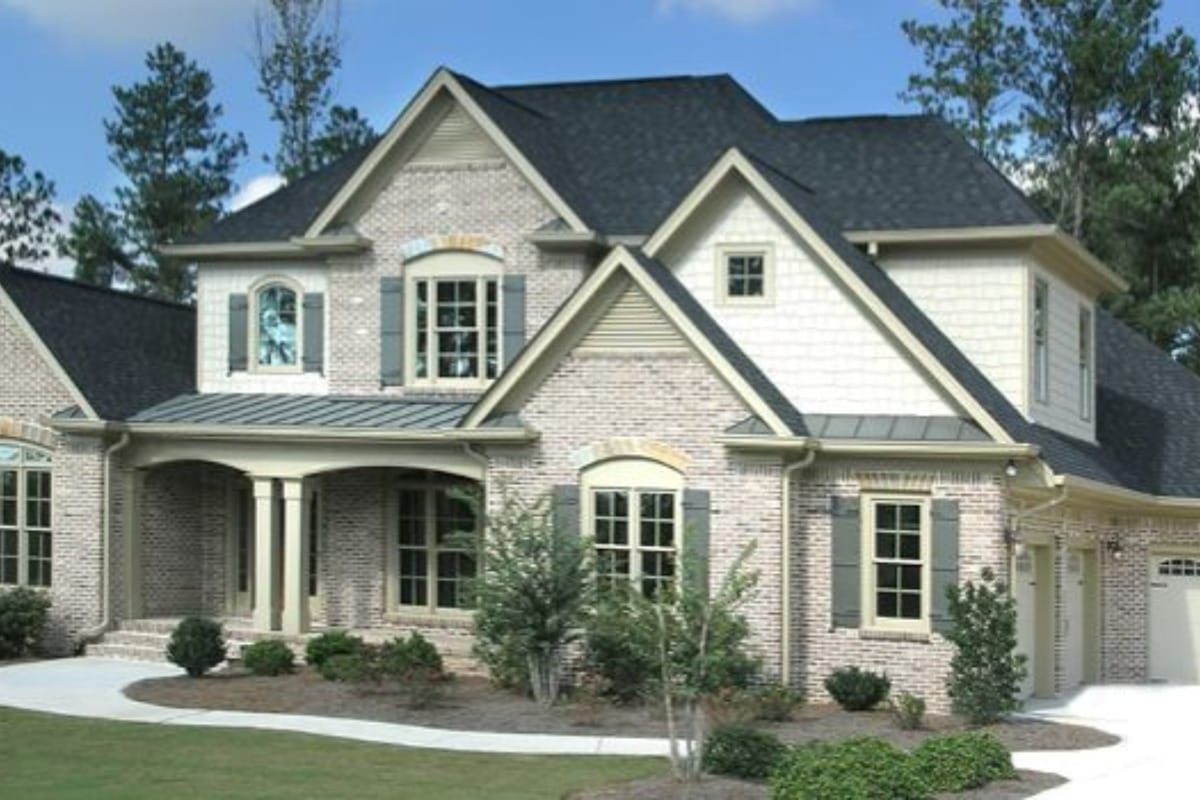
Weather Conditions
Weather conditions play a pivotal role in roof safety, often turning a routine task into a potentially hazardous venture. Rain, wind, or ice can significantly exacerbate risks, making an already dangerous job even more perilous. When it rains, roofs become slippery, making it incredibly easy to lose balance and fall. The same applies to icy conditions – a seemingly stable roof can turn into an ice rink, making every step treacherous. Wind, especially gusty winds, also add additional challenges to roof work.
Assessing Weather Conditions: Your First Step to Safety
Before you even think about stepping onto your roof, it’s crucial to assess the weather conditions thoroughly:
Check Weather Forecasts: Start by checking reliable weather forecasts. Look not only at the current weather but also at predictions for the next few hours.
Evaluate Rainfall: Even light rain can create a slippery surface. If it’s raining or has rained recently, it’s advisable to wait until the roof dries completely.
Beware of Icy Conditions: In colder climates, watch out for icy conditions during the winter, as they can make the roof hazardous to walk on.
Issues With Ladders and Other Tools
One of the most prominent, or sometimes even the only way, you can reach your roof is using a ladder, which carries a lot of risks. Picture this: you’re halfway up, and suddenly, the ladder wobbles, sending your heart racing. It happens more often than you’d think, and it’s a major safety concern. Following these tips can help ensure a safe ascent to your roof.
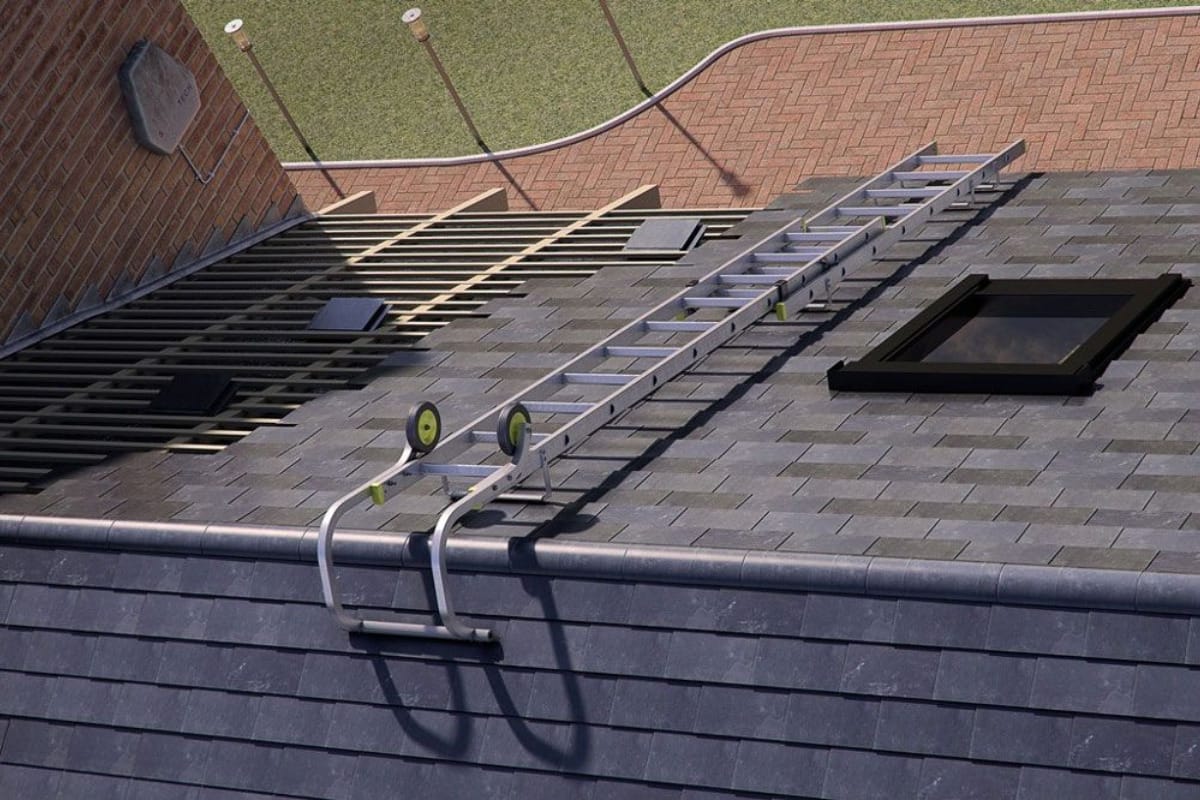
Proper Ladder Setup
When setting up a ladder, make sure it’s on stable, level ground. If the ground is uneven, use leg levelers to ensure the ladder’s stability. Always open the ladder fully and engage all locks before climbing.
Maintain Three Points of Contact
Whether climbing up or down, always maintain three points of contact with the ladder – either two hands and one foot or two feet and one hand. This helps you stay balanced and reduces the risk of falling.
Once you are on the roof to perform the repairs or cleaning, you will require some tools as well. Tools are necessary and extremely helpful for projects like roof repairs. But a hammer slipping from your grip or a power saw malfunctioning can result in more than just a minor injury. These accidents can escalate quickly, causing significant harm.
Electrical Hazards
Other than the issue of slipping, there is a risk of electric hazards as well. Not all homes are located in a wide, isolated area surrounded by lush green grass. Some multi-story homes and, more commonly, commercial flat roofs, are situated near power lines. Working near power lines or electrical components on the roof is a high stakes endeavor that demands utmost caution. The risks associated with electrical hazards are not to be taken lightly, as they can result in severe injuries or even fatal accidents.
Identifying and Avoiding Electrical Hazards:
Stay Aware of Power Lines
Always be aware of the location of power lines around your property. Maintain a safe distance and never allow any part of your body or tools to come into contact with overhead power lines.
Identify Roof Mounted Equipment
Identify and mark any roof mounted electrical equipment, such as solar panels, antennas, or satellite dishes. These installations can pose a hazard if not approached cautiously.
Hazardous Fumes
It’s not just the height you need to worry about. When you are up on the roof, you might encounter substances like tar, paints, or coatings – which are commonly used to fix roofs.
Now, these might seem harmless, but they can be dangerous as the fumes they emit can be hazardous if inhaled. For example, flat roof coatings, while most are safe, may release harmful fumes that are not.
Breathing in those toxic vapors isn’t just uncomfortable, it can negatively impact your health. So, before you start your roof repairs, make sure you’re equipped to deal with these harmful substances. Your safety on the roof is as much about what you breathe in as it is about where you step.
Why Hiring A Professional Roofing Contractor Is Your Best Bet
We hope that now you are aware of how tough and risky roofing jobs actually are. Not only is there a risk of injury, but there are also high chances of poor workmanship that can cause more damage to your home in the future.
So what should you do to avoid this situation? Opt for hiring a professional roofing company in Tampa.
When it comes to your home’s roof, it’s tempting to consider DIY solutions to save a few bucks. However, the benefits of hiring professional roofers for repair or installation work far outweigh the initial cost. Here’s why investing in professional roofing services is a decision you won’t regret:
Expertise and Experience
Professional roofers bring years of expertise to the table. While you may climb your roof once or twice, a roofing contractor does this daily and therefore is in a better position to take care of your roofing system.
These roofers also have extensive knowledge of various roofing materials, techniques, and local building codes. Their experience allows them to assess your roof’s condition accurately and recommend the best solutions, ensuring the job is done right the first time.
Safety First
Roofing work can be perilous, especially without the proper safety equipment and training. Homeowners often take this job lightly and neglect the safety issues.
Professional roofing contractors in Tampa, on the other hand, are well versed in roof safety protocols. They use specialized roofing safety equipment, follow industry practices, and adhere to strict safety guidelines, minimizing the risk of accidents. Your safety and the safety of your property are their top priorities.
Quality Materials and Tools
Professionals have access to high quality materials and tools that may not be readily available to homeowners. They can source durable roofing materials, ensuring the longevity and functionality of your roof. Additionally, they use state of the art tools and equipment, guaranteeing precision and efficiency in their work.
Timely Completion
Professional roofers are adept at managing their time efficiently. They can complete roofing projects in a timely manner, minimizing disruptions to your daily life. Completing projects within the projected time frame is especially crucial in preventing further damage during repair projects, ensuring your home stays safe and secure.
Insurance Coverage
Reputable roofing companies carry liability insurance and workers’ compensation coverage. This means that in the rare event of an accident or property damage during the project, you are not held financially responsible. Working with insured professionals provides peace of mind and protects you from potential legal and financial liabilities.
In essence, hiring professional roofers is an investment in your home’s safety, longevity, and overall value.
Also Read: Top 10 Roofing Companies In Tampa, FL
Choose SouthShore Roofing & Exteriors For Your Roofing Project!
If you are looking to repair or replace your roof in Tampa, look no further than the team at SouthShore Roofing & Exteriors. We are the best roofing company in Florida and would love to take care of your project. Our team has decades of experience in the roofing industry and always follows strict safety guidelines, including using roof safety harnesses, and other equipment. Plus, we are fully licensed and insured, and have certifications from leading roofing manufacturers such as GAF.
Contact us today at (813) 400-3329 to learn more about the services we provide.

